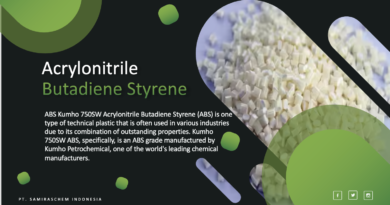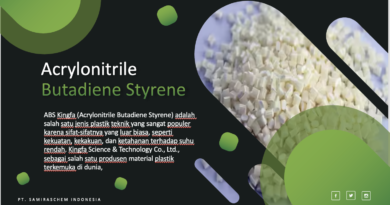Acrylonitrile Butadiene Styrene (ABS)
Acrylonitrile Butadiene Styrene (ABS) is a common thermoplastic polymer known for its strength, durability, and versatility. It is composed of three monomers: acrylonitrile, butadiene, and styrene. Each of these components contributes specific properties to the polymer:
- Acrylonitrile: Provides chemical resistance and hardness.
- Butadiene: Adds toughness and impact resistance.
- Styrene: Gives rigidity and ease of processing.
Key Properties of ABS:
- Impact Resistance: ABS is highly impact-resistant, making it suitable for products that require durability.
- Thermal Stability: It has a good balance of heat resistance, although it may deform under high temperatures.
- Chemical Resistance: ABS is resistant to various chemicals, which makes it suitable for a wide range of applications.
- Surface Finish: ABS can be easily machined, painted, and textured, allowing for a smooth and aesthetically pleasing finish.
Common Applications:
- Automotive Industry: Used in dashboards, wheel covers, and other interior parts.
- Consumer Goods: Found in products like toys (e.g., LEGO bricks), electronic housings, and kitchen appliances.
- Piping and Fittings: ABS is commonly used in plumbing systems, particularly for drain, waste, and vent (DWV) applications.
Processing Methods:
- Injection Molding: The most common method for shaping ABS, allowing for the production of complex parts with fine detail.
- Extrusion: Used for creating sheets, pipes, and profiles.
- 3D Printing: ABS is a popular material for Fused Deposition Modeling (FDM) 3D printing due to its ease of use and strength.
ABS is valued for its balance of properties, making it a go-to material in various industries.



